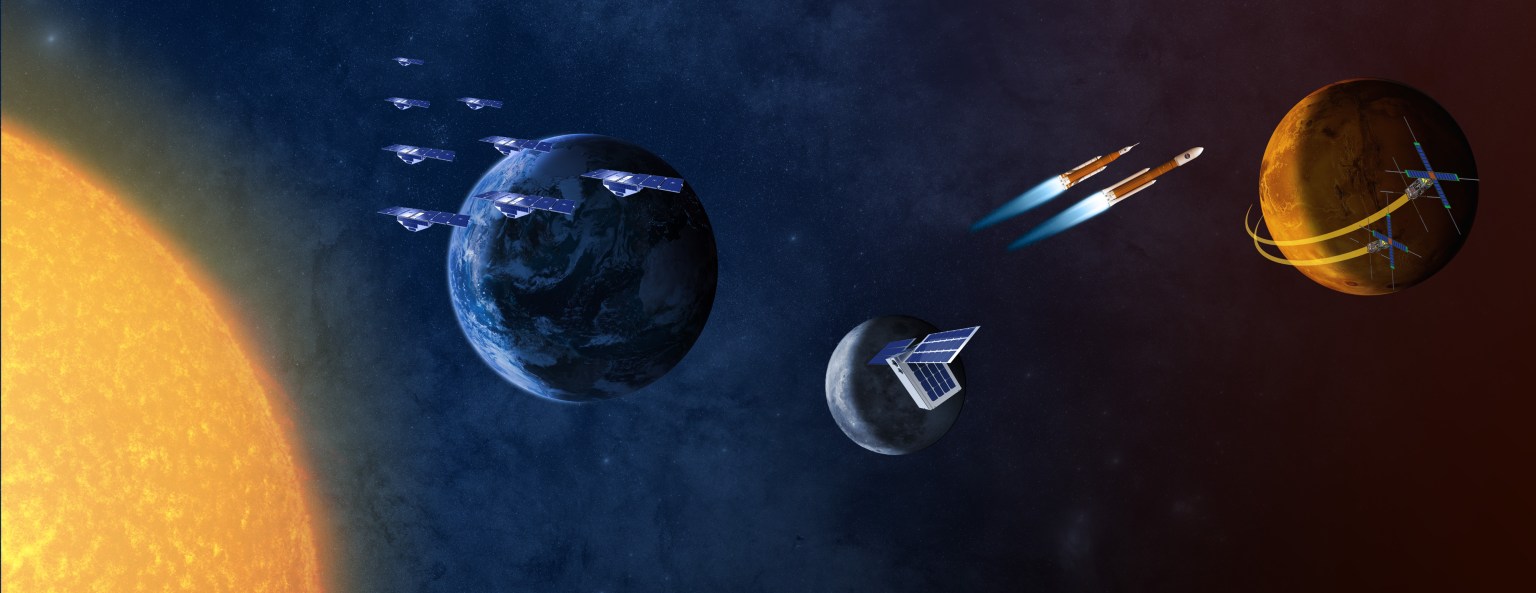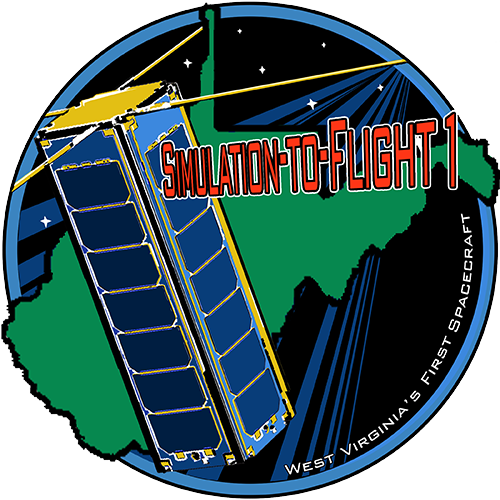Small Spacecraft Community of Practice
Subscribe to receive announcements for the Small Spacecraft Systems Virtual Institute’s (S3VI) monthly webinar series and quarterly newsletter here. We look forward to your participation!

Electric Propulsion Qualification Guidelines and Best Practices for NASA Small Spacecraft Missions
Speaker: Thomas M. Liu, PhD, NASA Glenn Research Center
Wednesday, December 14, 2022
10:00AM-11:00AM Pacific Standard Time
Click here to watch the webinar.
Click here to download the presentation.
Abstract: Improved capability and miniaturization of spacecraft systems, along with common use of EELV secondary payload adapters (ESPA) to sell off excess launch capacity, provides increased opportunity to accomplish scientific, commercial, and military space missions at a fraction of historic costs. As such, ESPA-class and smaller spacecraft (< 500 kg) are rapidly growing in both utility and popularity. However, they still lack the high delta-v propulsive capabilities currently available in the larger state-of-the-art (SOA) all-electric spacecraft buses. Although recent years have experienced a growth of smallsat electric propulsion (EP) concepts and varying levels of development, the number of mature and qualified devices remains low.
Unfortunately, the promise and appeal of small spacecraft are somewhat tempered by significantly higher risks and failure rates associated with minimal expectations for qualification of devices targeting the CubeSat market. A higher level of risk may be perfectly acceptable for some purposes including student learning opportunities, high-volume commercial concepts, and new technology demonstrations. However, for a growing subset of small spacecraft missions — where the scientific data or commercial service from the payload is the primary objective and the small spacecraft is not readily replaceable — a rebalancing of acceptable risk versus cost and schedule is in order. This includes small spacecraft in consideration as secondary payloads on NASA deep space exploration and science missions, which are typically classified as Small Category 3, Risk Classification D (cat3/classD) missions; while NASA’s lowest cost and highest risk mission category, these missions still have a much lower acceptable risk profile than university CubeSats or others flown on NASA’s CubeSat Launch Initiative.
This presentation proffers a preliminary set of recommended guidelines and best practices in dialogue with the smallsat community to strike a better balance between engineering rigor and cost effectiveness for the qualification of EP technologies under consideration for NASA small spacecraft.
Bio: Thomas Liu is a research engineer at NASA Glenn Research Center in the Electric Propulsion Systems branch. He has worked numerous smallsat propulsion projects at GRC since joining NASA five years ago, including independent verification and validation of commercial technologies and sub-kilowatt Hall-effect thruster development. He received his doctoral degree in aerospace engineering from the University of Michigan, and he has worked in academia, small business, and large defense contractor environments.
S3VI encourages the community to submit questions before the webinar to enable more directed responses. Please send questions to craig.d.burkhard@nasa.gov.






























